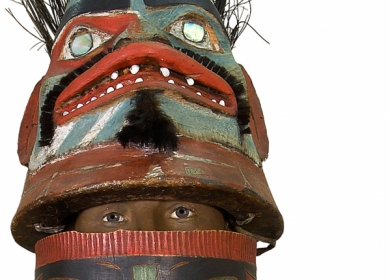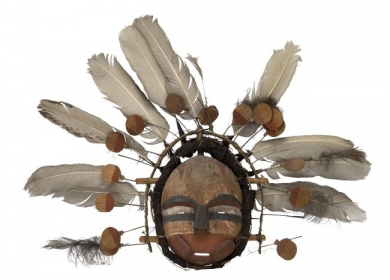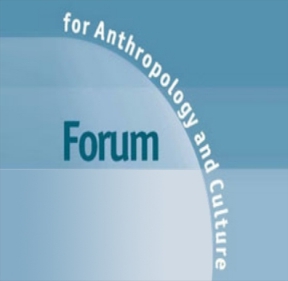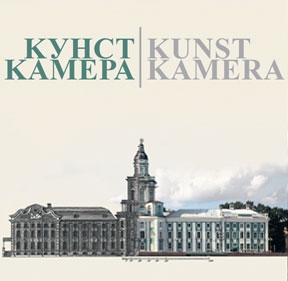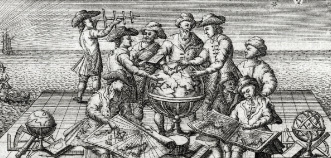
Peter the Great Museum of Anthropology and Ethnography (the Kunstkamera) celebrated its 300th anniversary in 2014. One of the most comprehensive ethnographical museums in the world, it is also an academic center of international fame. The museum owes its unique collections to the efforts of thousands of people, the participants of large research expeditions dispatched by the Russian Academy of Sciences, round-the-world voyages of the Russian navy, and numerous donations.
Now you can visit our museum from your home. 3D-tours would guide you around museum premises, as well as you can listen to audio-stories about items from Africa, America, Japan, China and others. You can browse the museum both on PC and tablet.
Kunstkamera. Mobile Guide will support your tour around the museum through the world of the American Indians, Innuit, Japanese, Indians, Mongols and the peoples of the world who cultures are shown in our museum. You will learn about Peter’s the Great intention to establish in Russia academic museum on cultural, biological history of man and surrounding world.
Discover our featured collections on world's traditional cultures and history of science.
The range of interests which the journal represents spans in-depth traditions of ethnology of the 18th century, achievements in the field of ethnic studies characteristic of the 19th and the 20th centuries, method of thick descriptions and interpretations popular in the current post-modern scholarly mielleu, topical subject-matter of ethno-cultural inheritance and potentials, ethno-confessional contacts and conflicts, ethnic museology, cyberethnicity, etc.
“Antropologicheskij Forum” / “Forum for Anthropology and Culture” is an interdisciplinary, international journal for anthropology, cultural studies, and cultural history published by two of the leading academic institutions in St Petersburg, the Peter the Great Museum of Anthropology and Ethnography (Kunstkamera), Russian Academy of Sciences, and the European University at St Petersburg, with the support of the European Humanities Research Centre, University of Oxford.
It is the first and only international journal entirely dedicated to issues of Oriental textology, comparative codicology, and palaeography. It regularly features articles by scholars who work with sources in Oriental languages and manuscripts preserved in the rich collections of the famous St. Petersburg museums, libraries and archives.
The periodical covers a broad spectrum of modern scholarship in museum studies, history of science, ethnography, ethnology, cultural anthropology, and neighboring disciplines. It focuses on such issues as different approaches to museum work, history of collections, biographies of museum objects and exhibiting practices, museum audiences, and displays.
The journal serves as a platform for discussing the most pressing problems of cultural and biological history of humans from the Lower Paleolithic to the era of the Great Migration. The journal provides specialists with the opportunity to publish both the results of many years of fundamental research in the form of analytical articles and informational notes on important discoveries and finds in the field of archeology, anthropology and related disciplines.




